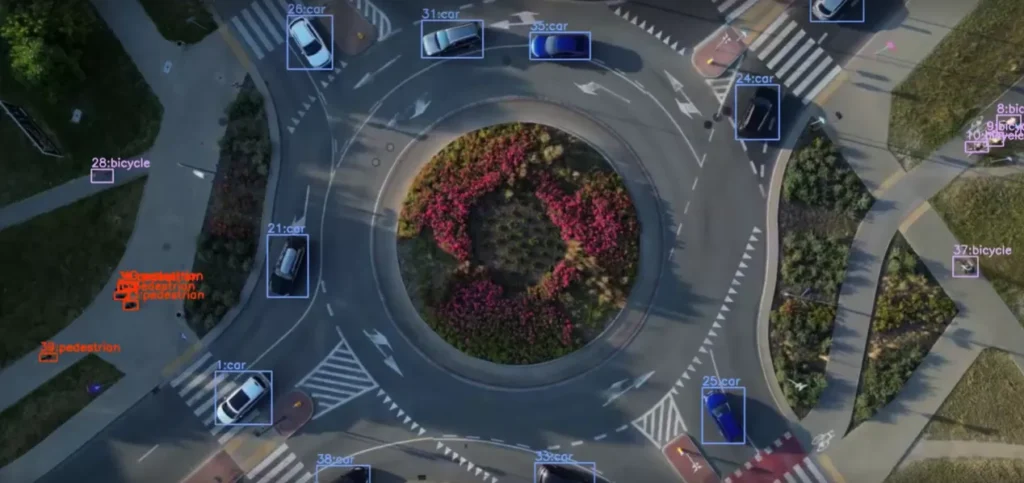
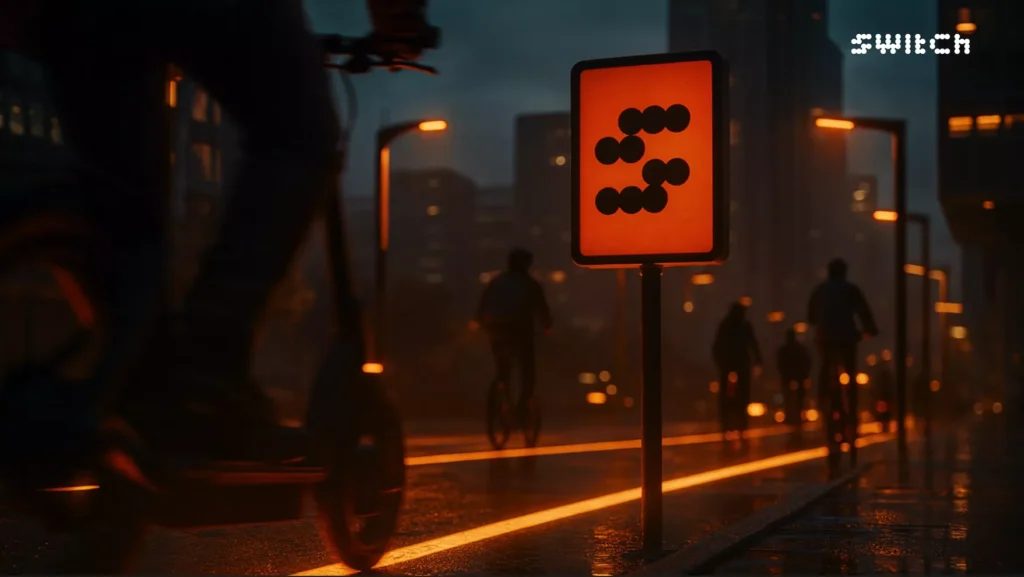
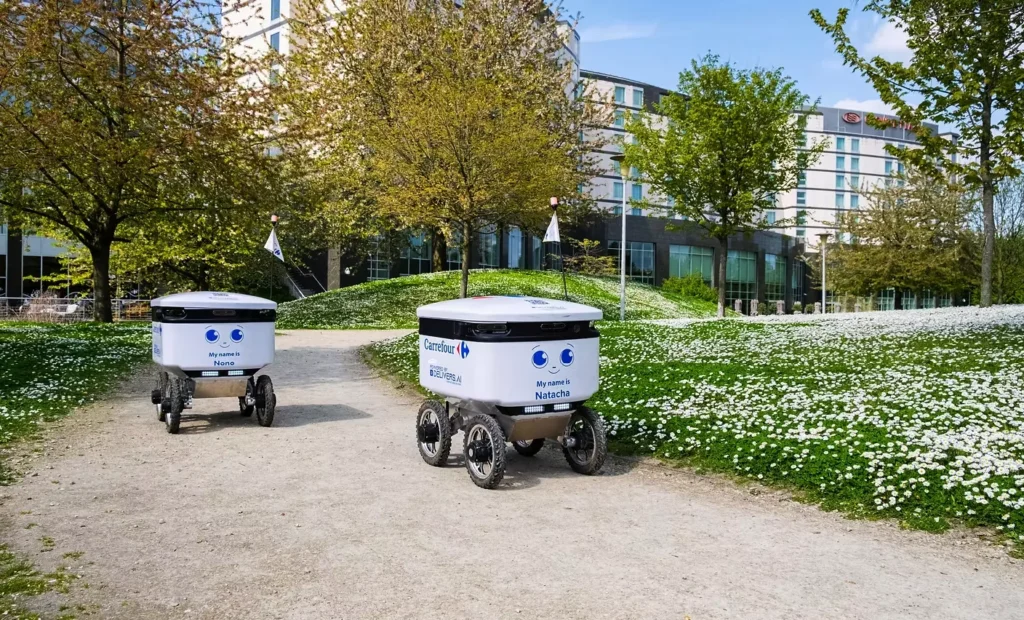
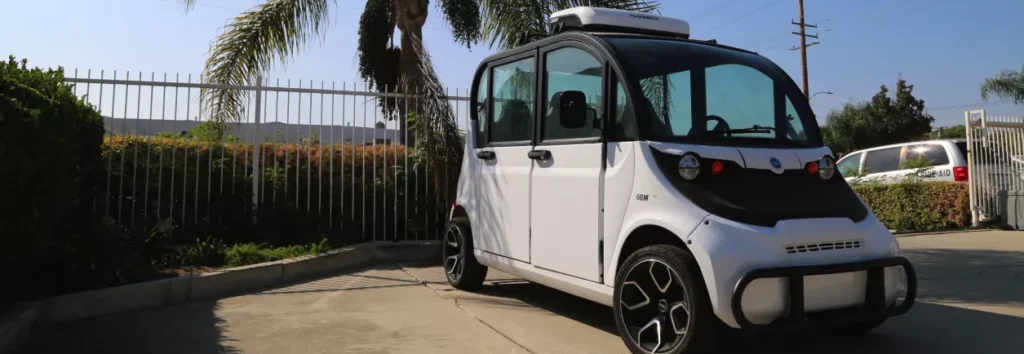
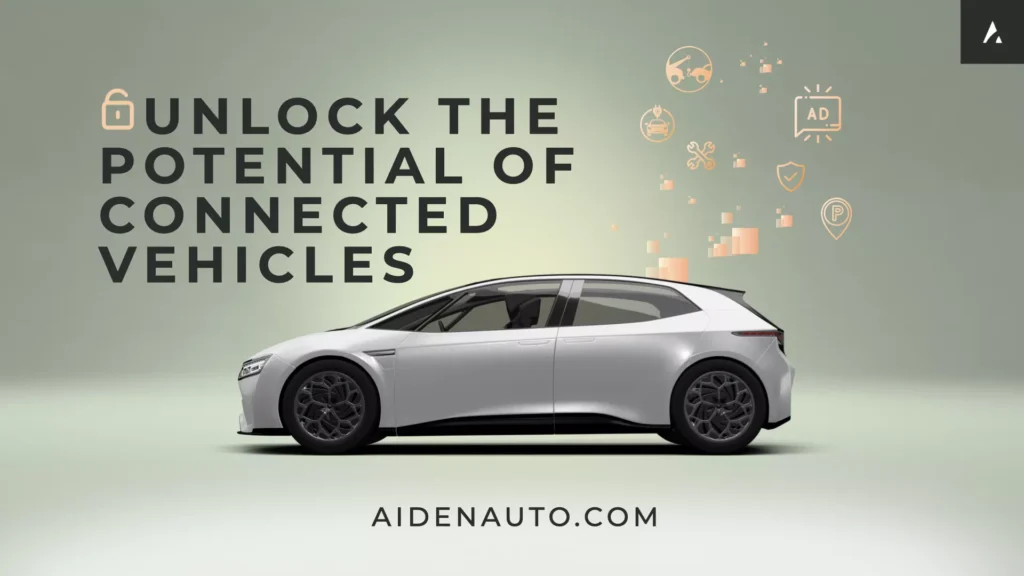





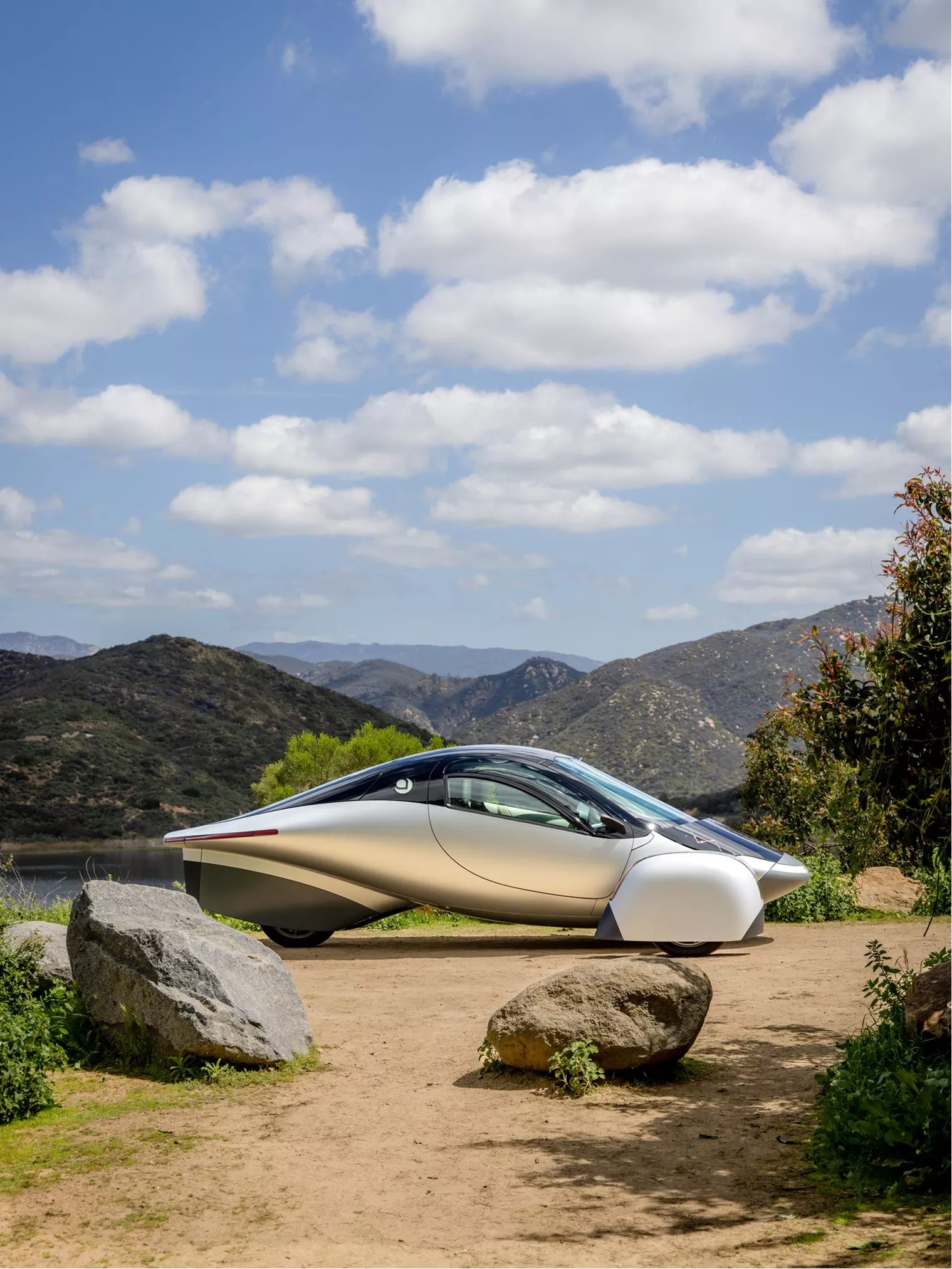
From EVs and batteries to autonomous vehicles and urban transport, we cover what actually matters. Delivered to your inbox weekly.
Jinko ESS is bringing modular storage to the factory floor. The company’s new Dolphin 520 kWh battery energy storage system (BESS) officially launches for global shipment in Q3 2025. It targets commercial and industrial (C&I) customers who need flexible, scalable power without the typical complexity.
Built around cobalt-free LFP chemistry and standardized module production, the system is designed for fast deployment in environments ranging from urban rooftops to coastal zones. Jinko claims installation times drop by 30%, while costs fall 10–15% compared to older systems.
Each Dolphin unit delivers 520 kWh of DC storage via 314 Ah lithium iron phosphate cells, offering dual AC discharge options:
The system supports 1 to 12 units per deployment, scaling storage up to 6.24 MWh without reengineering infrastructure. It’s plug-and-play, modular, and ready for mixed grid/off-grid use.
With IP55 and C5 anti-corrosion ratings, Dolphin can operate in deserts, coastal towns, or behind a factory wall. Its pre-assembled containerized design requires no trenching, pouring, or long timelines—just place, connect, and power up.
The Dolphin system targets direct energy cost reductions:
By shrinking installation time to 22 minutes per vehicle equivalent, Jinko reduces operator labor costs and downtime.
Five layers of protection back every unit, including:
Certifications span UL 1973, IEC 62619, CE, and China’s GB/T grid interoperability standard—a global badge of compliance.
Jinko is not going after Tesla’s Megapack turf — at least not yet. Where Megapack plays utility-scale, Dolphin focuses on mid-scale factories, business parks, and microgrid-integrated storage.
| Feature | Dolphin 520 kWh | Tesla Megapack 2 XL |
|---|---|---|
| Output Flexibility | 125–250 kW | 1.9 MW |
| Unit Size | 520 kWh | 3.9 MWh |
| Target Market | C&I, Microgrids | Utility |
| Certifications | UL, IEC, CE | UL |
Dolphin also qualifies for 30% U.S. tax credit under the IRA’s standalone storage provision—lowering the bar for American projects.
Jinko’s in-house recycling pipeline recovers 92% of battery materials, while blockchain-based QR tags trace battery health and lifecycle. The LFP chemistry avoids cobalt entirely, cutting lifecycle carbon by 45% compared to NMC-based systems.
The product complies early with the EU Battery Regulation 2023/1542—including recyclability thresholds, thermal containment, and digital passports.
Dolphin is just the start. Jinko plans to release solid-state hybrid variants by 2027 and integrate AI-based predictive maintenance via its Energy Cloud platform. If it hits production targets, Dolphin could capture up to 20% of the global C&I BESS market by 2030.
However, with lithium pricing volatility and energy density still trailing NMC-based systems, success depends on whether modular safety and cost discipline can outmaneuver raw performance.